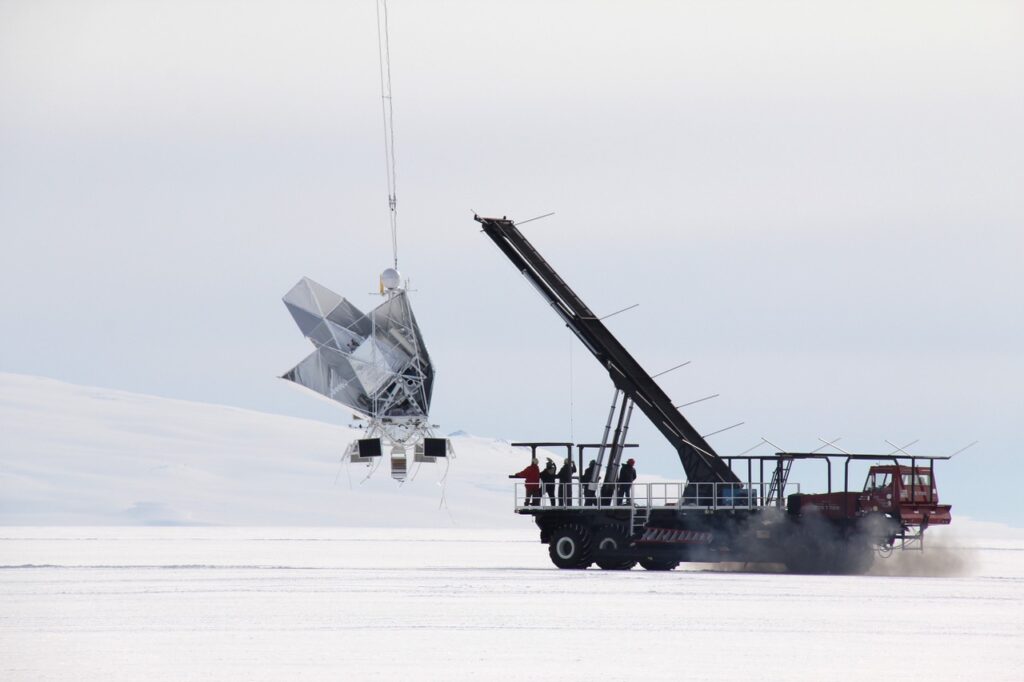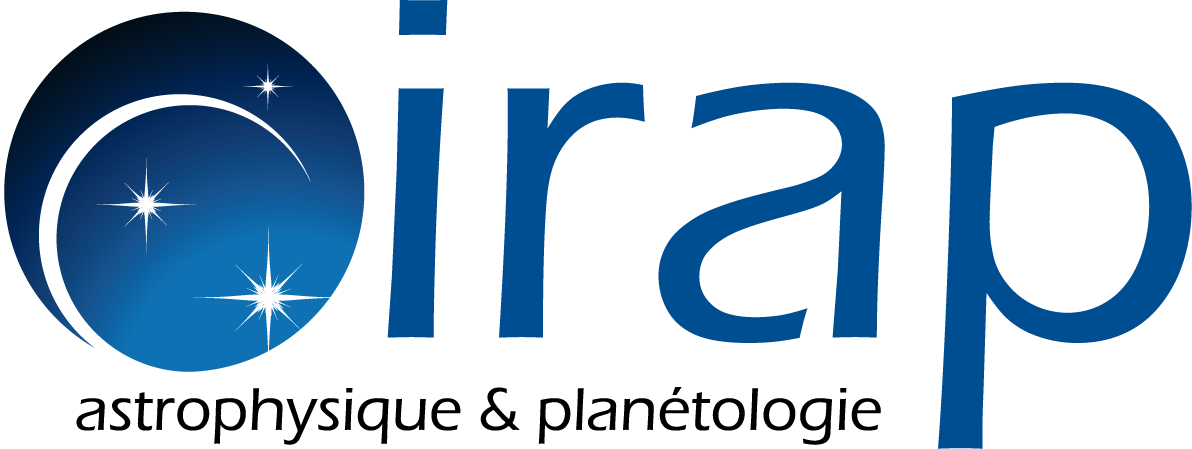
- Cet évènement est passé.
STUDYING STAR FORMATION WITH STRATOSPHERIC BALLOON-BORNE TELESCOPES
5 mai 2022 | 11h00 – 12h00
Laura Fissel – Queen’s University, Canada

The conversion of interstellar molecular gas into stars is an extremely inefficient process, due to regulation from a combination of turbulent gas motions, magnetic fields, and feedback from young stars. Of these factors the role played by magnetic fields is particularly poorly understood, largely because of the difficulty of making direct observations. In this talk I will discuss what we have learned about magnetic fields in star-forming regions using the Balloon-borne Large Aperture Sub-mm Telescope for Polarimetry (BLASTPol). BLASTPol operated from 38km above the Earth’s surface (above 99.5% of the atmosphere), mapping polarized radiation at sub-mm wavelengths from dust grains aligned with their local magnetic field. By statistically comparing BLASTPol-inferred magnetic field maps of the nearby giant molecular cloud Vela C with simulations, we find indications that magnetic fields play an important role in the formation of both low- and high-density molecular gas sub-structures. I will also discuss our recent adventures launching a next-generation balloon-borne polarimeter, BLAST-TNG, from Antarctica in January 2020, and our plans for future BLAST telescopes. In the more near-term large focal-plane polarimeters such as TolTEC on the LMT and PrimeCam on the Fred Young Sub-mm Telescope (FYST/CCATp) will soon study magnetic fields for dozens of clouds, but with the ability to resolve fields in individual cores (the precursors to stellar systems).
